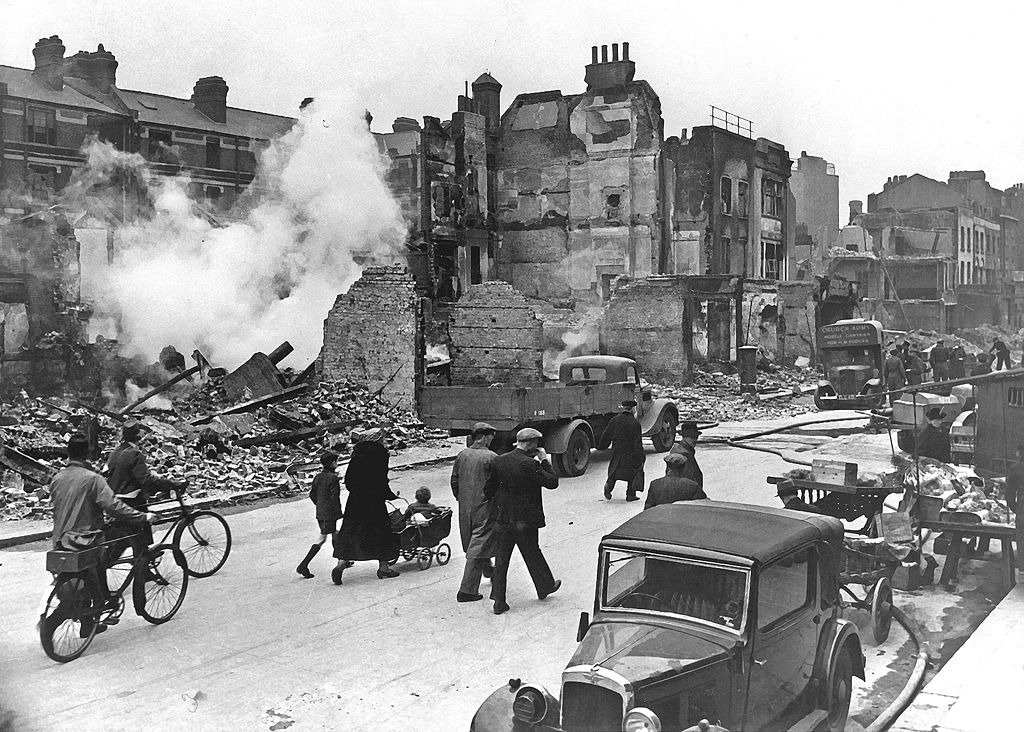At a more advanced stage of the battle, the United Kingdom arrived in a situation of extreme need. There was no more contingent of pilots, recruits with little more than two hours of flight were taken to the front line and were shot down very easily by German pilots, who had the largest air force in the world at that time. Winston Churchill’s nationalist resistance, which infused the population with radio speeches, and the fact that Queen Elizabeth, wife of King George VI (and mother of Queen Elizabeth II) did not accept political asylum in a safe place offered by the United States, helped to keep the morale of the British population high.
“I will die with my people”, quoted by Elizabeth Bowes-Lyon during the great German attacks.
This was due to the use of hitherto new technology in military aerial communications: radar. This technology had a decisive strategic function because it reduced the need for fighter planes flying on rounds since it became possible to define the location of German attack aircraft minutes after their takeoff on the European continent.
On August 25, 1940, in response to the accidental bombing of London the day before by German aviation, 81 RAF bombers attacked Berlin. The fact astonished the Berliners, the German high command, and Hitler himself.
It is worth remembering that Western Europe was almost completely in the hands of the Nazis. Enraged, Hitler promised revenge in a speech on September 4. Simultaneously, Hermann Goering, commander of the Luftwaffe, received orders to raze London. Germany believed that the destruction of the British capital would destroy the morale of the people and could lead the country to capitulation. The so-called blitz began on September 7.

